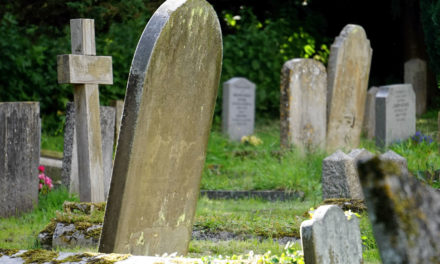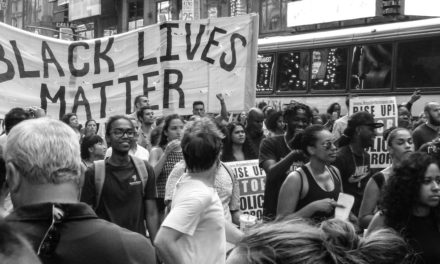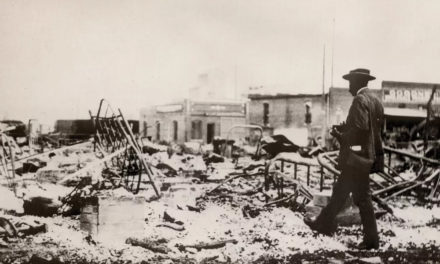On the fourth Thursday of November, families in the United States congregate to celebrate the special holiday of Thanksgiving. Across America, families and friends gather to devour mouth-watering turkey and give thanks for their blessings. The tradition has become a significant marker of American culture, dating back several hundreds of years during the time of the first European settlers.
The story behind the first Thanksgiving goes: when the English pilgrims arrived in Plymouth, now modern-day Massachusetts, they were warmly received by the natives. Due to the impossibly cold winter, the pilgrims were finding it difficult to settle on the land. Legend says that the natives – from the Wampanoag tribe – showed the pilgrims how to manage the soil and how to generally survive in this ‘New World’. In order to celebrate this new friendship and their turn of luck, the pilgrims and the Wampanoag sat together and shared a triumphant feast that lasted for three days.
However, the story – like much of American history – has more than a few embellishments. Firstly, the feast shared between the pilgrims and Wampanoag was not the first Thanksgiving as taught in American schools. The concept, which originates from the Harvest festival, was practiced in many parts of the world to bring in the new harvest. Even in America, Spanish settlers were known to break bread with their native neighbours long before the English pilgrims arrived.
But that isn’t the worst exaggeration. Unfortunately, the United States has painted its early relationship with Native Americans as a flourishing mutually beneficial friendship, but the reality is far more brutal. When English settlers first arrived in Plymouth, they bought diseases with them which wiped out thousands of the natives. This was convenient for the English as it enabled them to settle on the land much easier. While it is true that the Wampanoag tribe did help the settlers when they arrived, the intent was not friendly in nature. The tribe saw the settlers as a means of protection, and a potential ally, against their enemy tribe. Tensions between the two were strained, and increasingly more so with time.
The story only gets worse. Nearly two decades after the two feasted together, suspicion arose with the English settlers who believed one of their men had been killed by the tribe. In response, they burned down a neighbouring village, killing over 500 women, men and children. The Governor of Plymouth announced that every Thanksgiving for the next 100 years would be in celebration of this victory.
This huge omission in US history is reflective of the country’s continued violence against Native Americans. By erasing a key part of the story, the United States gets to retain its identity as ‘Founders of the New World’ while Natives continue to be pushed out of their own narrative.
Day of Mourning
However, since the 1970s, that narrative has begun to shift. The United American Indians in New England introduced an annual protest to Thanksgiving, known as the Day of Mourning. For the organisers, the day remembers “the genocide of millions of native people, the theft of native lands, and the relentless assault on native culture.” As one of the most marginalised groups in the United States, indigenous people continue to face oppression in employment, education, housing and infrastructure.
For nearly five decades, Native-Americans and supporters have gathered to honour their native ancestors while also educating non-natives on the struggles that indigenous people face daily. Over the years, the protest has attracted many other minority communities eager to offer their support. While the day is focused on the plight of Native-Americans, organisers have also called attention to other social injustices happening across the country from environmental degradation to supporting Black Lives Matter.
As the country recovers from their annual Thanksgiving feast, take a moment to remember the violence the day originated from.
- This Artist is Making the Underwater Arena His Canvas - 28th April 2021
- A Video Game that Promotes Peace and Conflict Resolution - 15th March 2021
- Netflix’s ‘Living Undocumented’ is a Difficult Series to Watch, and Exactly Why We Should - 9th March 2021






